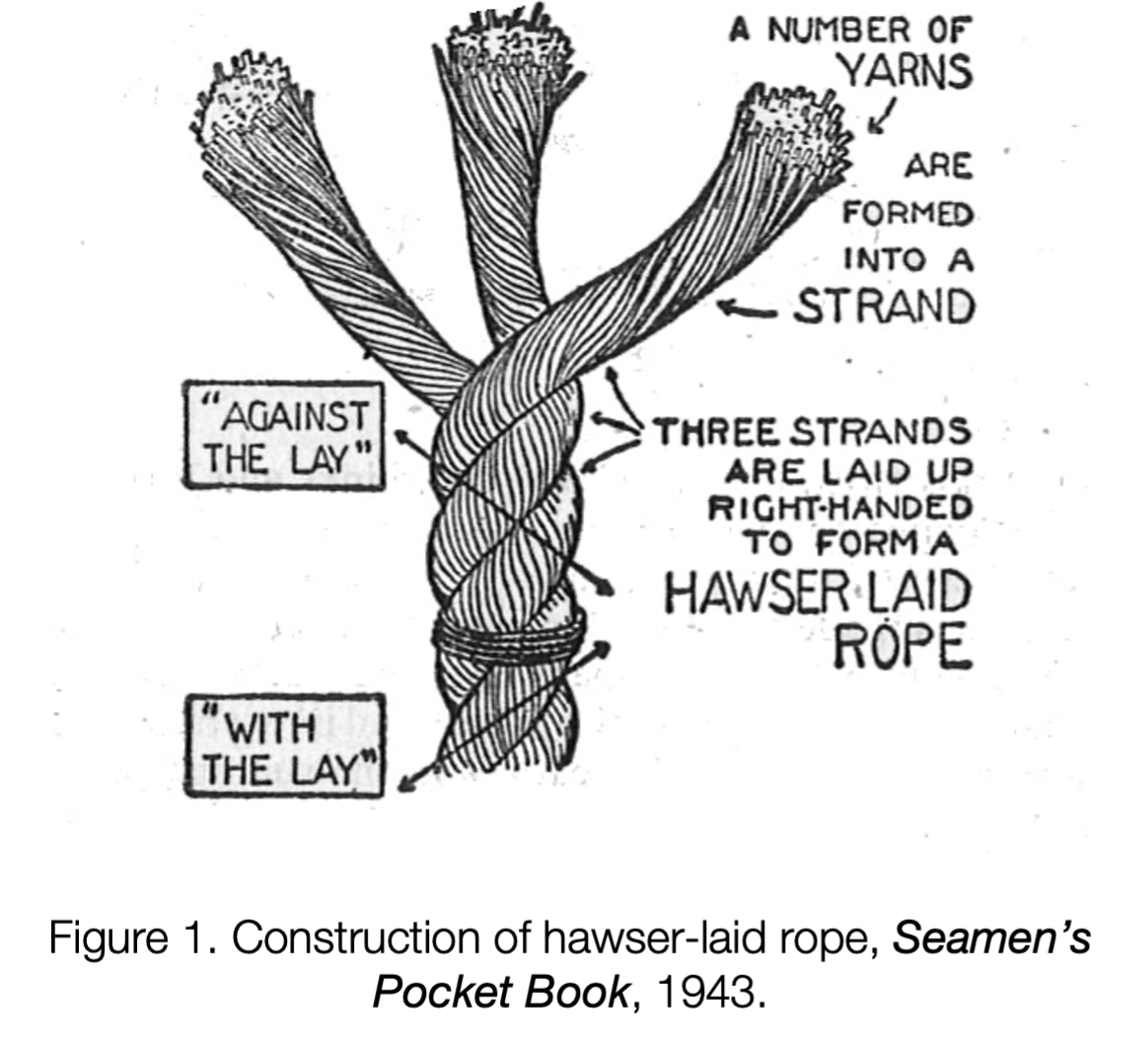
Blog
Niche Articles Focused on Rock Climbing & Devil's Lake State ParkUnderstanding Rock Climbing Difficulty Ratings & the Yosemite Decimal System (YDS)
When climbers discuss climbing roped climbing routes, the difficulty rating of the climb is often considered essential information. The difficulty rating gives a climber an indication of what moves, strength and/or skill the route might involve.
In North America, vertical travel is generally described using the Yosemite Decimal System (YDS). The YDS gives any describes any given hiking, scrambling, or climbing route with a Class. For Class 5 and Class 6 travel, it also includes a Rating.
A Brief Human History of Devil's Lake State Park
The lake we know today as “Devil’s Lake” was created when the Wisconsin Glacier impounded an ancient river valley (which may have been the ancestral Wisconsin or Baraboo Rivers), blocking it above and below the large gap the river had cut into the southern ridge of the Baraboo Range. Though people surely lived in the area before last Ice Age, archeologists have found no records prior to the glacier receding around 15,000 years ago,
Climbing Ropes - A Concise History of Materials & Construction
A staggering array of ropes and cord are available to the modern climber by many different domestic and foreign manufacturers. The safety record of nylon climbing ropes is excellent; in fact, no modern rope of 9 mm diameter or greater has ever been reported to fail due to a simple lead climbing fall. Given the proliferation and safety record of modern climbing ropes, it is easy to overlook the enormous improvements that have been made since rope was first used as a climbing risk management strategy (which began during an era where many top climbers did not live to see past the age of 30) [1].




